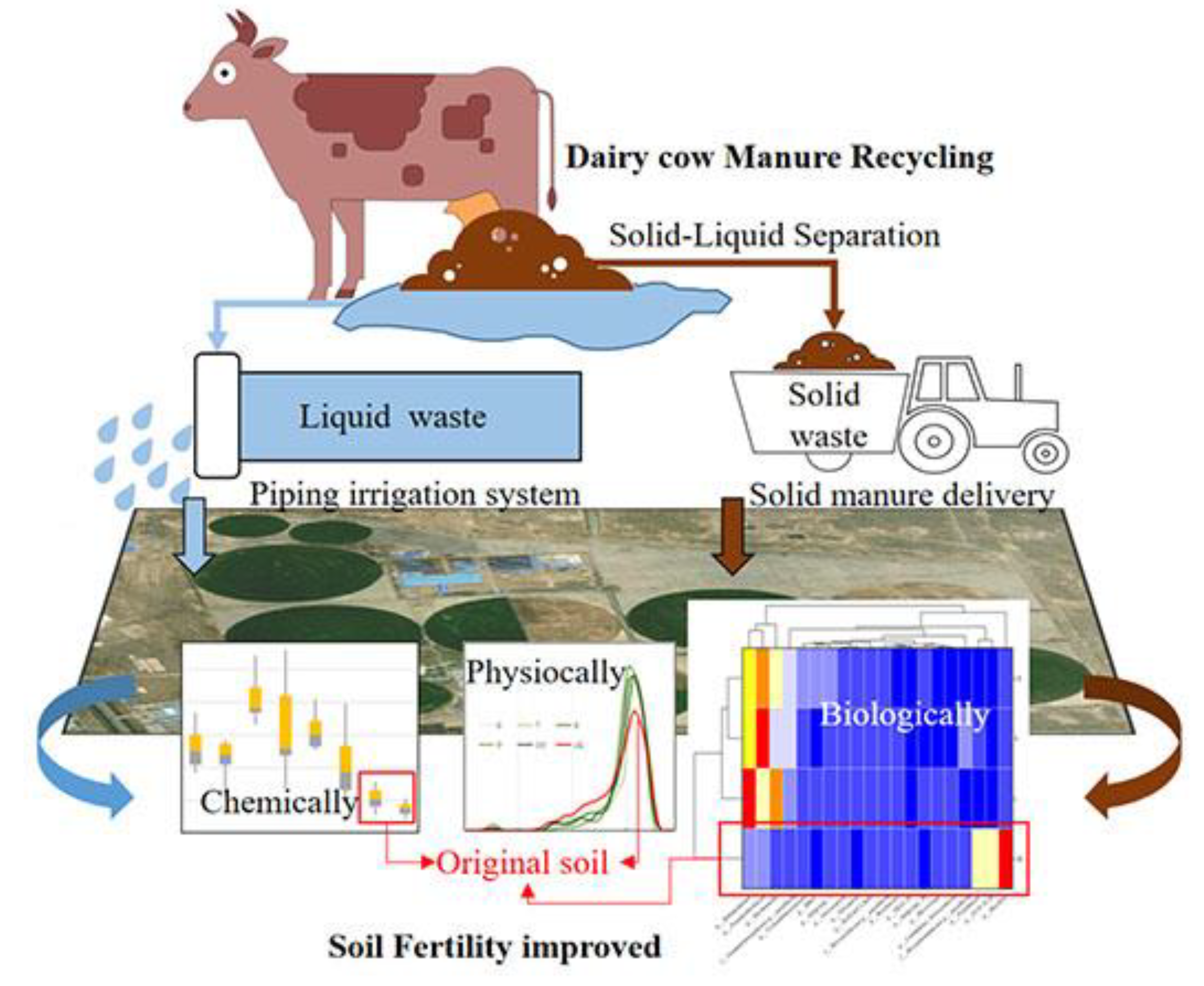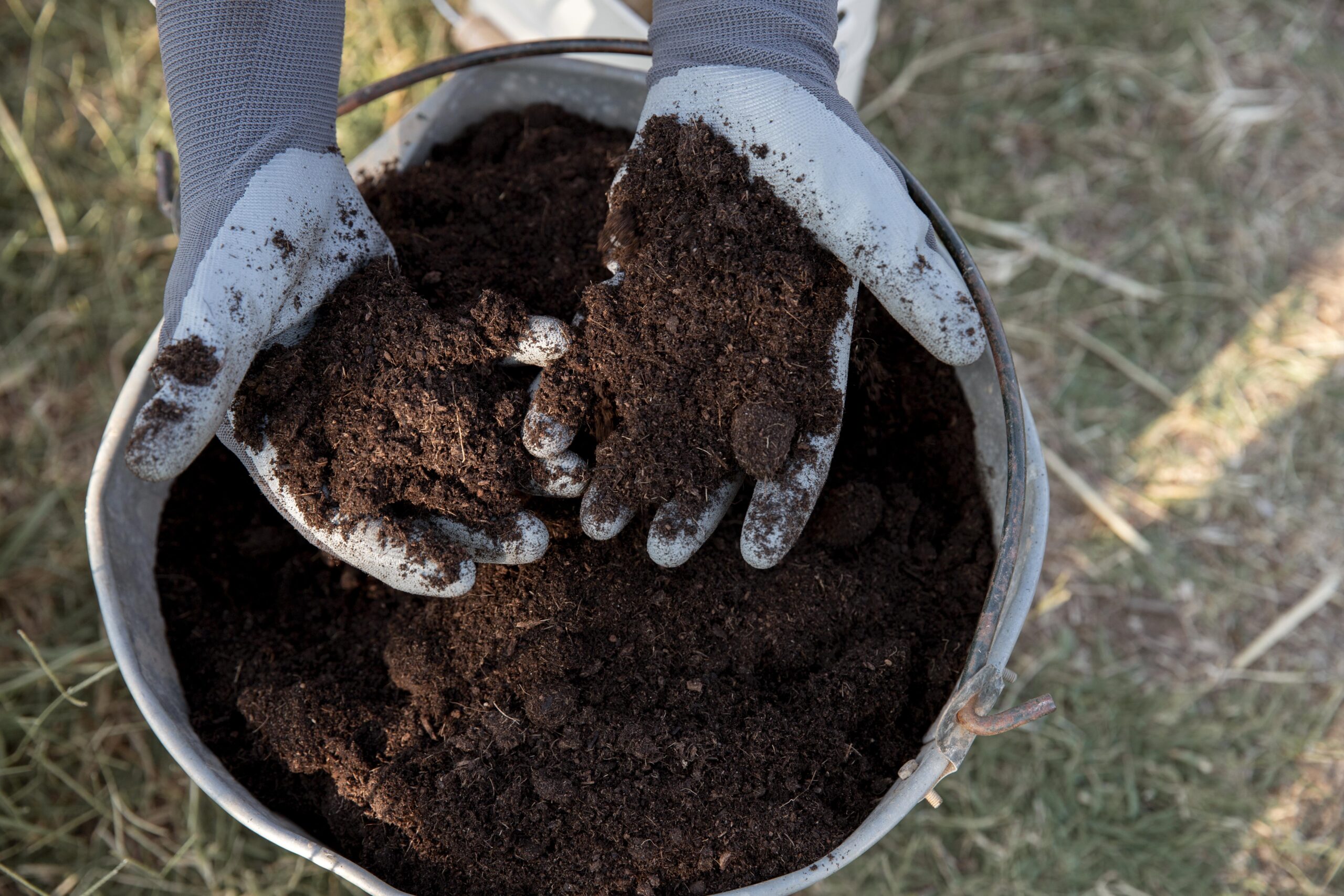Composting Techniques for Dairy Farm Waste Management
Managing Dairy Farm Waste Sustainably: Organic Solutions
Dairy farming is an essential industry that provides us with milk, cheese, and other dairy products. However, it also generates a significant amount of waste that needs to be managed properly to protect the environment and ensure the sustainability of the industry. One effective and organic solution for managing dairy farm waste is through composting techniques.
Composting is a natural process that involves the decomposition of organic materials, such as manure, bedding, and feed waste, into a nutrient-rich soil amendment. This process not only helps to reduce the volume of waste but also transforms it into a valuable resource that can be used to improve soil fertility and crop productivity.
There are several composting techniques that can be used for dairy farm waste management. One common method is windrow composting, where the waste materials are piled into long, narrow rows called windrows. These windrows are then turned regularly to ensure proper aeration and decomposition. This technique is suitable for large-scale dairy farms with ample space for composting.
Another technique is static pile composting, which involves creating a pile of waste materials in a designated area. The pile is then left to decompose naturally without turning. This method is more suitable for smaller dairy farms with limited space and resources.
Regardless of the composting technique used, there are certain factors that need to be considered to ensure successful composting. First and foremost, the carbon-to-nitrogen ratio, also known as the C/N ratio, needs to be balanced. A C/N ratio of around 25:1 is ideal for composting dairy farm waste. This can be achieved by mixing high-carbon materials, such as straw or sawdust, with high-nitrogen materials, such as manure or green plant waste.
Moisture is another crucial factor in composting. The compost pile should be kept moist, but not overly wet. A moisture content of around 50-60% is optimal for composting. Regular monitoring and occasional watering may be necessary to maintain the right moisture level.
Temperature is also important in the composting process. The pile should reach temperatures between 130-160°F (55-70°C) to ensure the destruction of pathogens and weed seeds. Regular monitoring of the temperature is essential, and if necessary, the pile can be turned to promote even heating.
Composting dairy farm waste requires proper management to prevent odor and nutrient runoff issues. The compost pile should be located away from water bodies and residential areas to minimize the impact on the environment and neighboring communities. Covering the pile with a layer of straw or other organic materials can help control odor and reduce moisture loss.
It is also important to regularly monitor the compost pile for any signs of imbalances or problems. If the pile becomes too wet or starts to emit foul odors, adjustments may need to be made, such as adding more carbon-rich materials or turning the pile more frequently.
In conclusion, composting techniques offer a sustainable and organic solution for managing dairy farm waste. By properly balancing the C/N ratio, maintaining the right moisture level, and monitoring temperature, dairy farmers can effectively transform waste into a valuable resource. Composting not only reduces the environmental impact of dairy farming but also provides a nutrient-rich soil amendment that can enhance crop productivity. With proper management and adherence to best practices, dairy farmers can contribute to a more sustainable and environmentally friendly future.
Implementing Anaerobic Digestion Systems for Sustainable Dairy Farm Waste Treatment
Managing Dairy Farm Waste Sustainably: Organic Solutions
Implementing Anaerobic Digestion Systems for Sustainable Dairy Farm Waste Treatment
Dairy farming is an essential industry that provides us with milk, cheese, and other dairy products. However, it also generates a significant amount of waste that needs to be managed properly to protect the environment and ensure the sustainability of the industry. One effective solution for treating dairy farm waste is the implementation of anaerobic digestion systems.
Anaerobic digestion is a natural process that breaks down organic matter in the absence of oxygen. It involves the use of bacteria to convert the waste into biogas and nutrient-rich digestate. This process not only helps to manage the waste but also provides additional benefits for the dairy farm.
One of the primary advantages of anaerobic digestion systems is the production of biogas. Biogas is a renewable energy source that can be used to generate electricity and heat. By capturing and utilizing the biogas produced from the waste, dairy farms can reduce their reliance on fossil fuels and lower their carbon footprint. This not only helps to reduce greenhouse gas emissions but also provides a cost-effective energy solution for the farm.
In addition to biogas production, anaerobic digestion systems also produce digestate, which is a nutrient-rich fertilizer. This digestate can be used to replace synthetic fertilizers, reducing the need for chemical inputs on the farm. By using digestate as a fertilizer, dairy farmers can improve soil health, increase crop yields, and reduce nutrient runoff into water bodies. This not only benefits the farm but also helps to protect water quality and preserve ecosystems.
Implementing anaerobic digestion systems on dairy farms does require an initial investment. However, the long-term benefits outweigh the costs. The biogas produced can be used to generate electricity, which can be sold back to the grid, providing an additional revenue stream for the farm. Moreover, the use of digestate as a fertilizer can reduce the need for purchasing synthetic fertilizers, resulting in cost savings for the farm.
Furthermore, anaerobic digestion systems can help dairy farms comply with environmental regulations. Many countries have strict regulations regarding the management of agricultural waste, including dairy farm waste. By implementing anaerobic digestion systems, dairy farms can ensure that they are meeting these regulations and avoiding potential fines or penalties. This not only helps to protect the environment but also safeguards the reputation of the farm.
It is important to note that the successful implementation of anaerobic digestion systems requires proper planning and management. Dairy farmers need to assess the quantity and quality of their waste, determine the appropriate system size, and ensure proper maintenance and operation. Working with experts in anaerobic digestion can help dairy farmers navigate these challenges and maximize the benefits of the system.
In conclusion, anaerobic digestion systems offer a sustainable solution for managing dairy farm waste. By implementing these systems, dairy farms can generate renewable energy, produce nutrient-rich fertilizer, reduce greenhouse gas emissions, and comply with environmental regulations. While there are initial costs involved, the long-term benefits make it a worthwhile investment for dairy farmers. With proper planning and management, anaerobic digestion systems can help dairy farms achieve a more sustainable and environmentally friendly operation.
Utilizing Nutrient Management Plans to Minimize Environmental Impact of Dairy Farm Waste

Managing Dairy Farm Waste Sustainably: Organic Solutions
Dairy farming is an essential industry that provides us with milk, cheese, and other dairy products. However, it also generates a significant amount of waste that can have a detrimental impact on the environment if not managed properly. To minimize the environmental impact of dairy farm waste, farmers are increasingly turning to nutrient management plans.
Nutrient management plans are comprehensive strategies that aim to optimize the use of nutrients on a farm while minimizing their impact on the environment. These plans take into account the specific needs of the crops being grown, the nutrient content of the soil, and the amount of waste being generated. By carefully managing the application of nutrients, farmers can reduce the risk of nutrient runoff and leaching, which can contaminate nearby water sources.
One of the key components of a nutrient management plan is the proper storage and handling of dairy farm waste. This includes manure, bedding materials, and other organic waste generated on the farm. By storing waste in covered, impermeable structures, farmers can prevent rainwater from entering and leaching nutrients into the soil. Additionally, proper handling techniques, such as regular turning and mixing, can help accelerate the decomposition process and reduce odors.
Another important aspect of nutrient management plans is the use of cover crops. Cover crops are planted in between cash crops to help prevent soil erosion, improve soil health, and absorb excess nutrients. By planting cover crops that are specifically chosen for their ability to uptake nutrients, farmers can effectively reduce the amount of nutrients that would otherwise be lost to the environment.
In addition to proper waste storage and cover cropping, nutrient management plans also include strategies for the proper application of nutrients. This involves carefully calculating the nutrient requirements of the crops being grown and applying the appropriate amount of fertilizer or manure. By matching nutrient application rates to crop needs, farmers can minimize the risk of nutrient runoff and leaching.
Furthermore, nutrient management plans often incorporate soil testing and analysis. By regularly testing the nutrient content of the soil, farmers can make informed decisions about the type and amount of nutrients to apply. This helps prevent over-application of nutrients, which can lead to nutrient imbalances and environmental pollution.
Implementing nutrient management plans requires a significant investment of time and resources. However, the benefits are well worth it. By managing dairy farm waste sustainably, farmers can reduce their environmental impact, protect water quality, and improve the overall health of their soil. Additionally, nutrient management plans can also help farmers save money by optimizing nutrient use and reducing the need for synthetic fertilizers.
In conclusion, nutrient management plans are essential tools for managing dairy farm waste sustainably. By implementing strategies such as proper waste storage, cover cropping, and precise nutrient application, farmers can minimize the environmental impact of their operations. These plans not only benefit the environment but also contribute to the long-term viability and profitability of dairy farming. With the increasing focus on sustainability, it is crucial for dairy farmers to embrace organic solutions and prioritize the responsible management of their waste.

